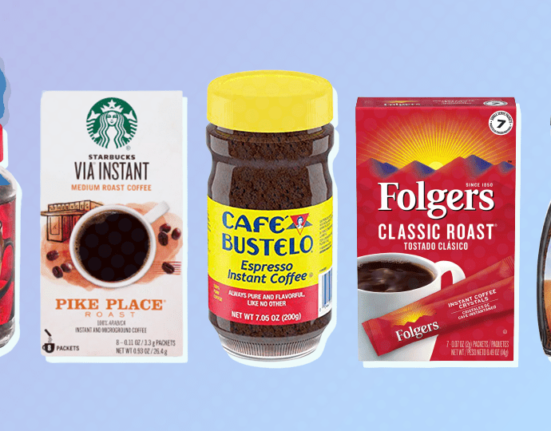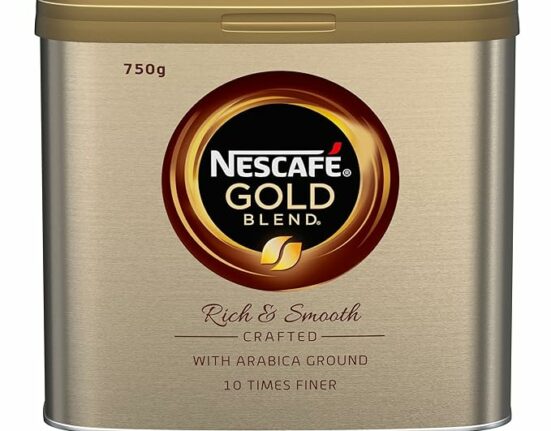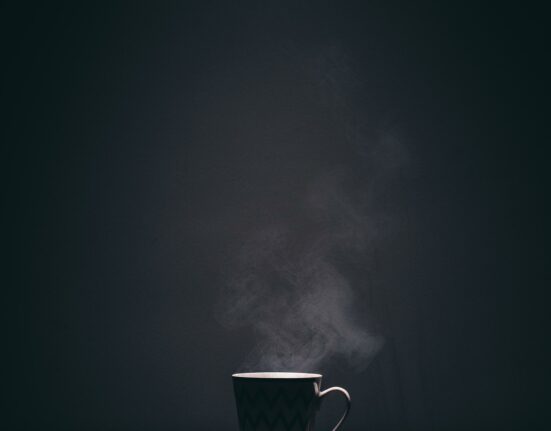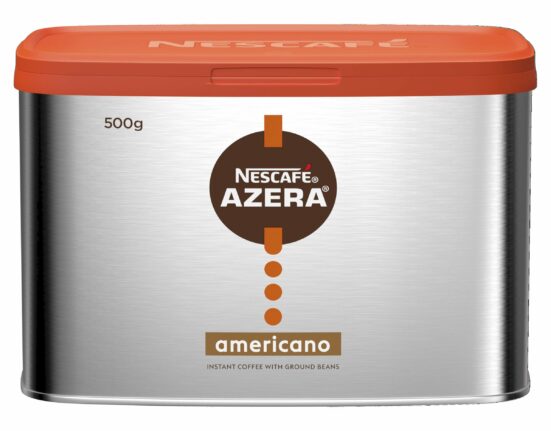In recent years, the coffee industry has burgeoned into a complex tapestry of cultures, trends, and artistic representations. Among these, the allure of royalty-free imagery depicting coffee beans and cups has captivated the younger demographic, merging the worlds of creativity and caffeine. This article delves into the aesthetics, significance, and impact of royalty-free coffee bean and cup imagery, highlighting its role in contemporary visual culture and the vast potential to engage a younger audience.
As millennials and Gen Z continue to shape current market trends, their affinity for visually appealing content has become unequivocal. Social media platforms serve as the primary landscapes where coffee culture flourishes, and the demand for captivating visuals only intensifies the need for high-quality, royalty-free images. These not only serve as an artistic medium but also as a vehicle for storytelling, engagement, and connection.
From lifestyle blogs to corporate branding, the versatility of imagery featuring coffee beans and cups can be a compelling tool for both casual and professional contexts. Understanding this phenomenon requires an exploration of the underlying principles driving its popularity.
Visual Storytelling: The Narrative Behind the Brew
The coffee experience is not merely about consumption; it encapsulates social interaction, cultural heritage, and personal rituals. Imagery depicting coffee beans and cups becomes an essential narrative tool that conveys emotion, invites curiosity, and evokes memories. A striking visual can transport viewers into a sensory journey, allowing them to virtually savor the aroma in that freshly brewed cup.
Consider the role of mood and ambiance in a coffee shop setting. The contrasting hues of dark roasted beans against a pristine white cup can signify the richness of the flavor profile and the warmth of human connection. Such images resonate with an audience searching for an authentic experience in an increasingly digital world. Royalty-free images, unhindered by licensing constraints, democratize this visual storytelling, allowing creatives to utilize them freely in their endeavors.
Moreover, as young adults prioritize experience over material possessions, visuals that encapsulate lifestyle aspects associated with coffee are particularly appealing. The act of enjoying a cup of coffee is often interspersed with moments of camaraderie, study sessions, or quiet solitude. This intertwining of imagery and experience resonates deeply with the younger demographic, prompting engagement on various media platforms.
Connecting Through Aesthetics: The Appeal of Royalty-Free Imagery
In the age of visual dominance, aesthetics reign supreme. Platforms such as Instagram and Pinterest emphasize the importance of enchanting imagery, which significantly impacts consumer behavior. The aesthetics of royalty-free coffee bean and cup images are meticulously crafted to appeal to the senses and resonate with the values held by younger generations.
Color palettes, composition, and context are all significant elements that contribute to the allure of these visuals. Warm tones that evoke feelings of comfort, carefully arranged beans illustrating artisanal craftsmanship, and cups elegantly placed in inviting atmospheres captivate viewers and prompt them to share these images within their circles.
This visual culture has given rise to trends that celebrate niche coffee products, eco-friendly brands, and artisanal practices. The rise of social media influencers in the coffee niche has further amplified interest in coffee-related topics. Their curated posts, often featuring aesthetically pleasing royalty-free visuals, foster a sense of community and encourage their followers to explore their own relationships with coffee.
Cultivating Engagement: The Role of Royalty-Free Imagery in Branding
Brands targeting younger consumers have recognized the pivotal role that visual content plays in establishing brand identity and messaging. Royalty-free coffee bean and cup imagery can streamline marketing efforts, create cohesive branding, and resonate emotionally with target demographics.
For example, small coffee businesses can leverage royalty-free images in their marketing campaigns to convey authenticity and a personal touch, elements that are highly valued by younger consumers. Incorporating these visuals into websites, advertisements, and social media posts can create a compelling brand narrative that appeals to the emotions and values of the audience.
Furthermore, sumptuous images can enhance the perception of quality. When consumers encounter stunning visuals associated with products they are likely to purchase, they equate that aesthetic with an enhanced experience. This subtle psychological connection is instrumental in driving purchasing decisions among a demographic that is both discerning and passionate about their choices.
A Personal Connection to the Product: Influence on Consumer Behavior
Royalty-free images do more than just beautify a product; they create a personal connection between the consumer and the beverage. At the heart of coffee culture lies the opportunity for individuality—the power to choose the perfect brew, create a distinctive preparation method, and enjoy moments of solitude or connection over a shared experience.
Younger audiences are often drawn to brands that showcase their product in relatable, everyday scenarios, punctuated by the delightful imagery of coffee beans and cups. It is not merely about the beverage itself but about the lifestyle and experience that comes with it. Highly relatable visuals can evoke nostalgia and aspiration, encouraging consumers to imagine themselves in similar settings, thus influencing their purchasing behavior.
Additionally, younger consumers are increasingly inclined to gravitate toward brands that align with their personal values, such as sustainability and ethical sourcing. The inclusion of visuals that reflect these concerns—perhaps featuring beans from fair trade sources or images of recycling practices—strikes a chord with socially conscious individuals eager to make informed choices. Royalty-free imagery plays a crucial role in reinforcing these values through visual representation, ultimately helping brands to resonate and foster loyalty among their audience.
Future Trends: The Evolution of Coffee Imagery
The contemporary landscape of coffee-related imagery is consistently evolving alongside societal trends and technological advancements. The integration of augmented reality (AR) and virtual reality (VR) experiences may soon revolutionize how younger consumers engage with coffee culture. In these realms, audience members could interact with coffee brands in immersive environments, thereby deepening their affinity towards brands and producing memorable interactions buoyed by striking visual elements.
Moreover, as sustainability remains a pressing global concern, the emergence of eco-themed visuals that highlight both the production processes and the environmental impact associated with coffee consumption could gain traction. Brands embracing sustainable practices can leverage the power of royalty-free imagery to underscore their commitment to a greener planet, further attracting a younger audience eager to align with eco-conscious initiatives.
In conclusion, royalty-free coffee bean and cup imagery represents a potent convergence of art, culture, and consumer behavior. By capitalizing on the visual storytelling capabilities of these images, brands can engage younger consumers in a meaningful dialogue that goes beyond the mere act of consumption. The journey through coffee culture continues to evolve; however, the importance of captivating visuals remains a constant in a world where experience, sustainability, and artistry reign supreme. The allure of a simple cup of coffee transcends boundaries, and through vibrant imagery, it invites everyone to partake in its rich narrative.








Leave feedback about this